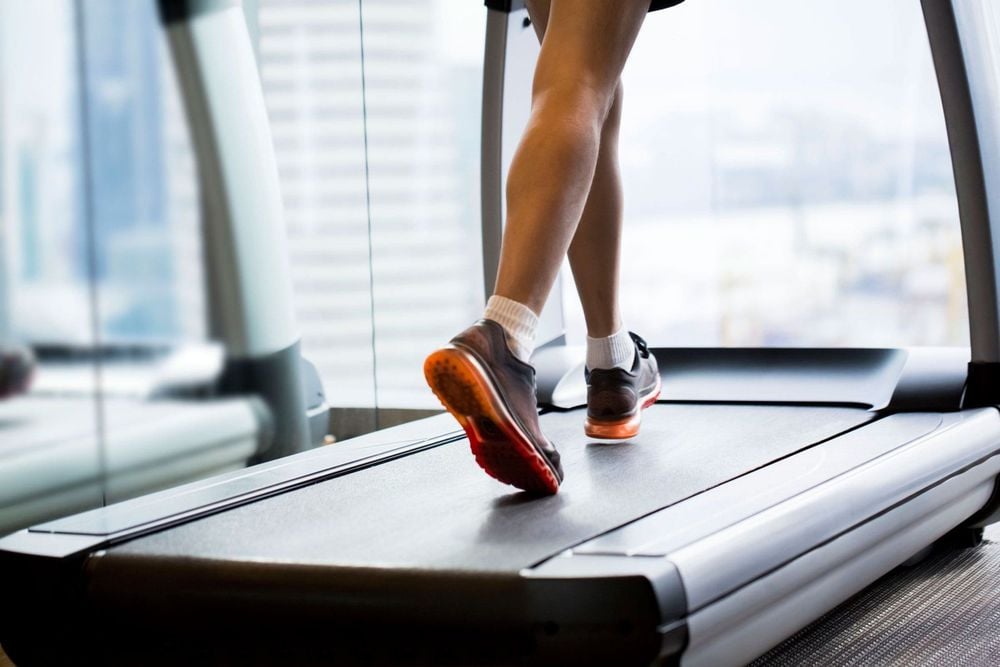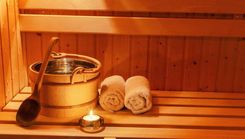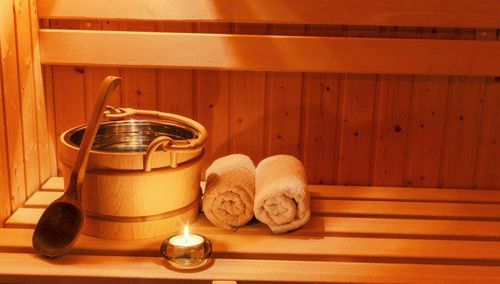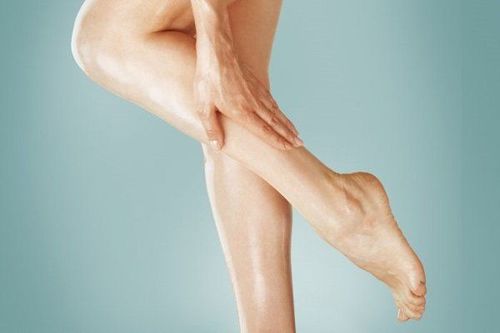Running to burn calories has become a popular method for weight loss and muscle building. Reports show that running can burn more calories than any other physical activity. However, the exact number of calories burned through running cannot be precisely calculated. Below is some information to help estimate how many calories running can burn.
1/ Methods to Estimate Calories Burned While Running
Modern science offers various methods to estimate the amount of calories consumed by the body. On average, studies show that running 1 km burns about 70 calories. This number is for reference only and does not reflect the exact calories burned during exercise.
However, you can use this estimation to set personal goals. For example, if you aim to burn 300–500 calories daily, you can calculate the minimum distance to run. Additionally, tools like these can help estimate calories:
Calorie Calculators
Calorie calculators can measure physical activity, but their results may differ from reality. Nevertheless, you can use them to track weight, exercise duration,etc. This data will help you estimate the amount of calories burned through running more accurately.
Calculation Apps
Applications provide a convenient way to estimate calorie consumption, especially if you don’t have specialized equipment. Many apps calculate calories burned based on programmed algorithms.
Calories tracking apps on smartphone
We can use our phones to roughly estimate the calories burned by the body. Many apps provide activity information for reference. Nowadays, phones are equipped with step-tracking features, but one drawback is that you need to carry them with you every time you run.
To avoid the inconvenience of carrying increasingly bulky smartphones during sports activities, many people opt for smartwatches. A smartwatch not only tells the time but also tracks your workout, making it an ideal choice for calculating how many calories you burn in 10 minutes or during an hour of running.
Health Trackers
You can also consider using health trackers to estimate the calories burned during physical activities. Modern health trackers are equipped with goal-setting features and reminders to help improve the quality of your running sessions, making weight loss through running easier.
Treadmills
Treadmills are devices that simulate outdoor running, ideal for those who prefer not to run outside. They are equipped with tools to estimate calories burned, as well as to track time and distance in comparison to traditional running. Additionally, you can input personal body metrics into the machine for more accurate calculations. The treadmill stores your data, making it easy to monitor your progress throughout your workout routine.

2/ Factors Affecting Calories Burned While Running
Each person’s body functions differently, with varying levels of metabolism and energy expenditure. As a result, the number of calories burned during the same activity can differ significantly. Below are some factors that affect how many calories running burns for each individual.
Body Weight
How many calories does a 65-kg person burn running for 10 minutes? According to research, a person weighing 65 kg burns approximately 106 calories in 10 minutes of running. However, under the same conditions, someone weighing 80 kg burns about 136 calories. This difference is because heavier individuals tend to have more body fat, requiring more energy to perform the same activity as lighter individuals.
This also explains why people with obesity often experience significant weight changes during the initial stages of weight loss. Once the body burns off excess fat and converts it to energy, weight loss slows down as the body builds muscle and reaches a plateau phase.
Gender
Gender is a complex factor in research. Many scientists have conducted studies and found that gender significantly affects the number of calories burned during exercise. Most studies indicate that men burn more calories than women. However, the differences in fat tissue and cellular structure remain areas of uncertainty. Men typically have more muscle mass, while women have a higher fat percentage.
The differences between genders are influenced by hormones and cellular composition, making them challenging to evaluate precisely. As a result, research often reveals contradictions and leaves some questions unanswered. Nevertheless, men are generally considered to have a better ability to burn calories during exercise than women.
Running speed
Running speed plays a key role in determining how intensely the body’s organs work. As a result, the faster you run, the more calories you burn. Research shows that running time and distance are interconnected. Therefore, it can help estimate calorie differences when speed increases within the same timeframe.
However, the increase in calories burned due to running speed is only accurate when comparing the same individual. It is not valid to compare calorie burn rates between different individuals. Interestingly, beginners tend to burn calories much faster than professional athletes.

Terrain
The terrain you choose for running significantly impacts the amount of energy you use. According to physics, all objects are affected by Earth's gravitational force, which makes running uphill more challenging. Therefore, for the same distance, running on a flat road requires less energy compared to running uphill. Similarly, running downhill requires much less energy.
While treadmills can accurately simulate running behavior, they are considered the method that burns the least calories. When running indoors, any challenges are self-created and typically not difficult to overcome. In contrast, running outdoors introduces natural resistance, such as sand, dust, obstacles, and wind, which require you to exert much more effort. Additionally, running outdoors demands better balance than running on a treadmill.
Weather condition
The more extreme the weather, the harder you will need to work to finish your running workout. In hot weather, your body tends to dehydrate more quickly and may burn fat less efficiently compared to cold weather.
3/ Comparing how many calories running burns with other exercises
If you’re curious about how many calories running burns, there are other simpler ways to burn calories. However, running is considered one of the most effective exercises for weight loss and improving muscle endurance. For example, if you weigh 65 kg and run 5 km at a pace of 7 minutes per kilometer, you will burn 328 calories. In the same amount of time, other activities burn the following estimated calories:
- Cycling at a moderate speed: 276 calories
- Aerobic dancing at a moderate level: 172 calories
- Playing tennis: 241 calories
- Climbing stairs: 310 calories
- Swimming freestyle: 276 calories
- Brisk walking: 131 calories
Based on these figures, you have a solid reason to choose running as a way to burn calories, lose weight, and boost your body’s immunity. However, for effective weight loss, you need to maintain a healthy lifestyle by avoiding fast food, unhealthy meals, and ensuring you get enough sleep every day.

How many calories running burns depends entirely on your goals and body. The information above is intended as a reference to help you create a scientific exercise plan, improve your health, and prevent risks of diabetes and heart disease.
Please visit our website (www.vinmec.com) for regularly updated health care information and guidance.
To arrange an appointment, please call HOTLINE or make your reservation directly HERE. You may also download the MyVinmec app to schedule appointments faster and manage your reservations more conveniently.
Reference sources: healthline.com, verywellfit.com, runnersworld.com













